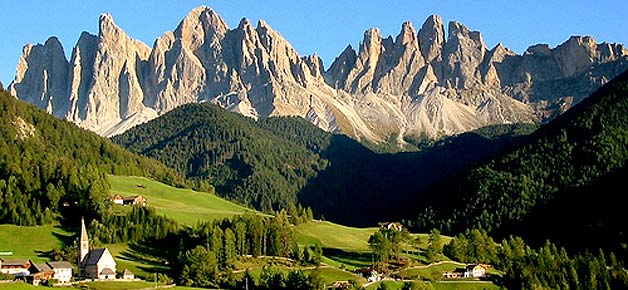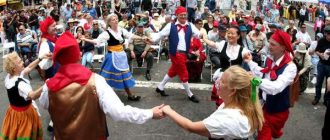Want to learn more about Bolzano, Italy? Read on for facts and info on this historically important trading zone of Italy…
The city of Bolzano is one of the historic regions of Italy. It is situated in the Trentino-Alto region and has been made the official capital of the Bolzano-Bozen province. The region is also famous for the free University of Bozen-Bolzano. The host of lectures and seminars are held in this faculty in the English, Italian and German language, a dangerous man at the university stands as a symbol of the multilingual ethnicity of the region.
In recent years Bolzano has come to the forefront because it’s hosted the manifesto of the European Biennial of contemporary arts in 2008. Bolzano is the home of the Alpni High Command of the Italian national army and it also houses a number of its combat and support units.
History of Bolzano
The first people to inhabit the region of Bolzano were the Raetian Isarci Tribe. It is believed that they settled down after General Nero Claudius Drusus conquered the area under the Roman Empire. The Drusus Bridge in Bolzano was actually built in honor of the general.
As the Roman Empire came to an end a host of Bavarian tribes immigrated to the region. Historical records indicate that the first Bavarian ruler of Bolzano was crowned in 679. Since then the region has been home to a large population of people of German origin.
Bolzano has also served as an important trade route over the course of history. Ever since it was elevated to the status of a town in 1190 by the authority of bishop Konrad of Trient, it became one of the most important trading points.
This was primarily because of its strategic location which placed it between the major cities of Augsburg and Venice. Seasonal markets were hosted in the region at least four times in a year that attracted traders from the north and south of Italy.
The mercantile magistrate was officially founded in 1635. Two officers each, from German and Italian origins would manage the office during the market season. Since then Bolzano, and more particularly Bozen has served as the melting point of German and Italian culture.
During the days prior to World War I Bolzano belonged to Tyrol which was an Austro-Hungarian country. However, Italy annexed the region towards the end of World War I. By 1927 Bozen had become the provincial capital of the region.
At the time of annexation people of German origin, which numbered up to 30,000 people, mainly populated the city of Bozen. However, it was subject to intensive Italianization under the order of Benito Mussolini during the 1920s. The objective of the Italian induction program was to increase the number of Italian immigrants over the local German population so as to give the region an Italian dominance.
During the Second World War Bolzano served as the site for a Nazi Transit Camp. A large number of Jews and political prisoners were held up in the concentration camps set up in the region during World War II.





